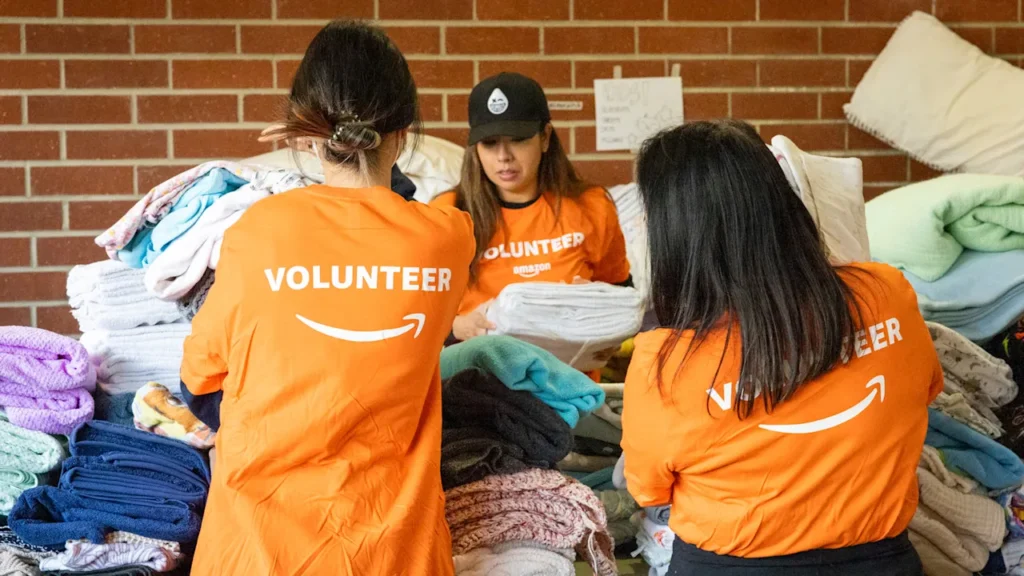
When Hurricane Melissa began moving toward Jamaica earlier this week, Amazon’s chief meteorologist was watching closely—not just for the company’s global shipping operations, but also to see how its disaster relief team might need to act.
“As soon as the hurricane formed, we had eyes on it,” says Abe Diaz, principal technical product manager for Amazon’s disaster relief team. “We’ve been tracking this for multiple days.”
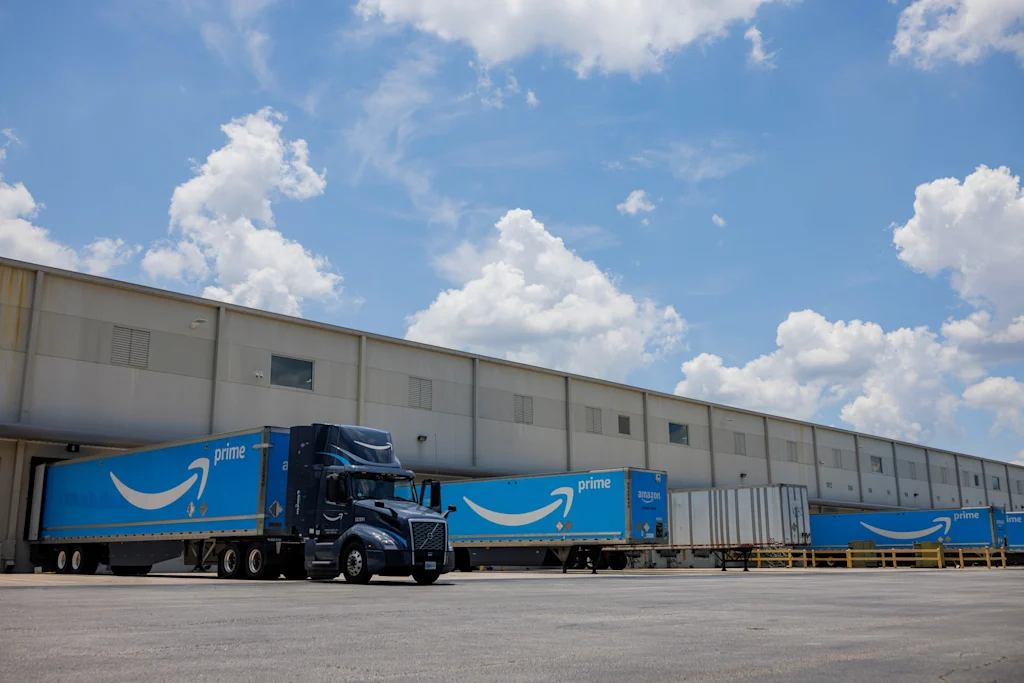
Inside an Amazon fulfillment center near Atlanta, pallets are stacked with disaster relief supplies, from medical supplies to solar-powered lights. It’s one of 15 massive “disaster relief hubs” that the company has stationed inside warehouses around the world. In the wake of the record-breaking hurricane that hit Jamaica, with flooding and 185-mile-an-hour winds that destroyed homes and infrastructure, the hub was poised to send shipments to partners like the Red Cross.
When the team spoke to Fast Company yesterday, they were planning a potential shipment of power supplies on a cargo plane for today. “Damage assessments are still underway at both of the airports and then they’re going to be prioritizing life-saving, rescue and response teams for access first,” says Jeff Schweitzer, who leads Amazon’s global disaster relief operations. If all went as planned, though, the power systems would also be on a flight, ready to support first responders and “provide augmented power in areas that just simply won’t have power for weeks to come,” he says.
Other early shipments will likely include tarps and solar lights that can also charge phones. Each delivery will happen only after nonprofits or agencies on the ground assess the situation and order what they need. “As with everything at Amazon, we work backwards from the customer,” Diaz says.
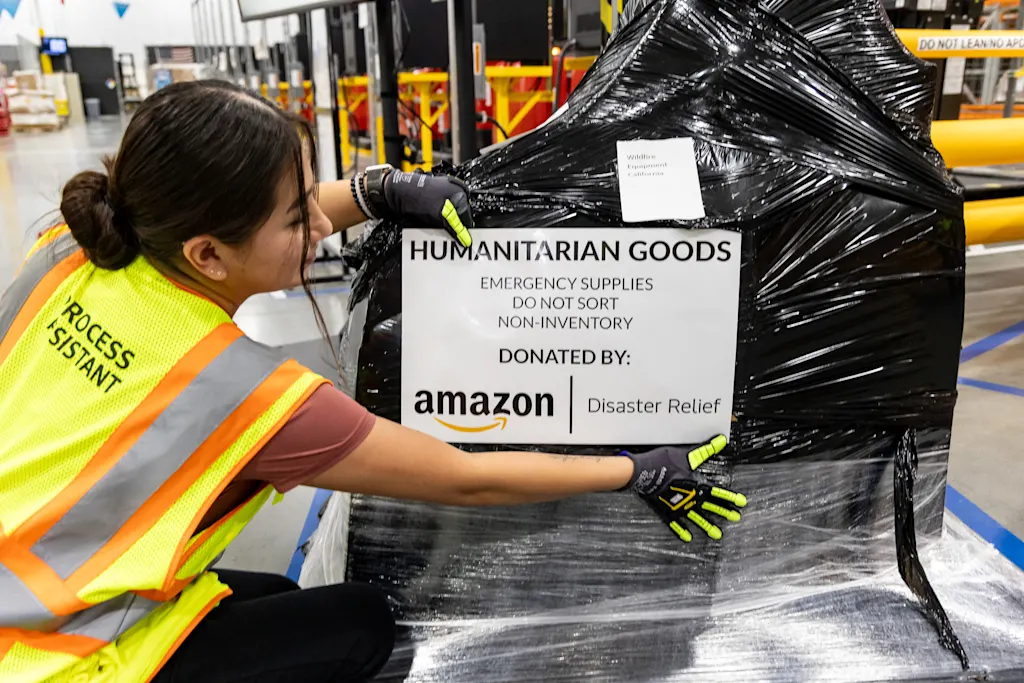
In the warehouse, some pallets are wrapped in color-coded shrink wrap, to help nonprofits easily tell from a distance what’s inside, such as diapers. One pallet is designed to include everything needed for a nonprofit to set up a mobile office. Amazon first began its disaster relief work in 2017, after conversations with organizations about how difficult it is to get the right supplies quickly after disasters. Since then, it has been closely working with organizations to understand what they need and to track data about what’s used in each event so it can better prepare.
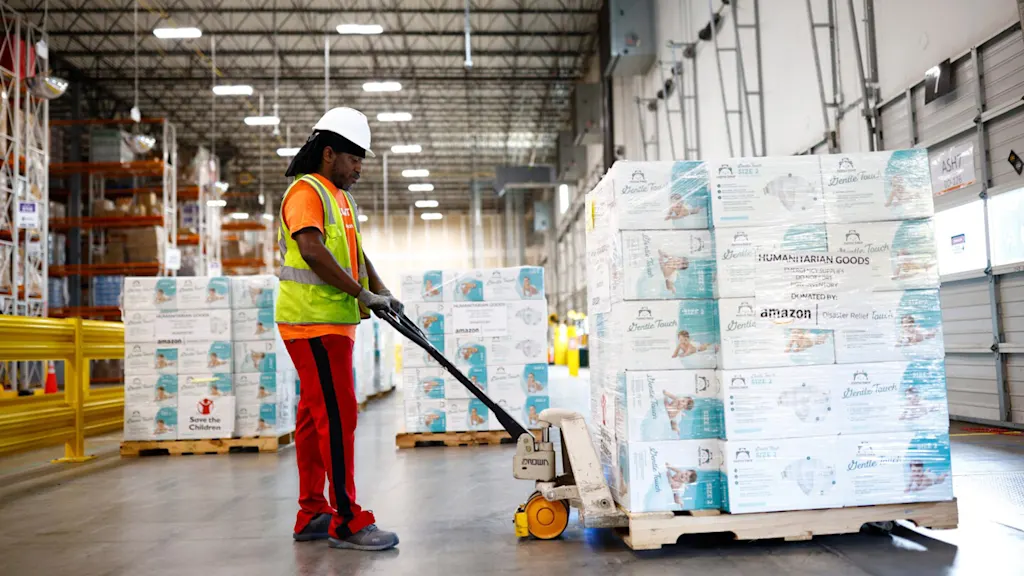
The team works to find the most efficient products to donate—for example, water filters instead of bottled water. “It makes no sense for us to send a whole bunch of water bottles and fly them out to Jamaica when high-efficiency water filters can do 100 times the volume with just a pallet of product,” Diaz says. “These are the kind of items that we’re just trying to be really smart on what is needed and what we’re getting there.”
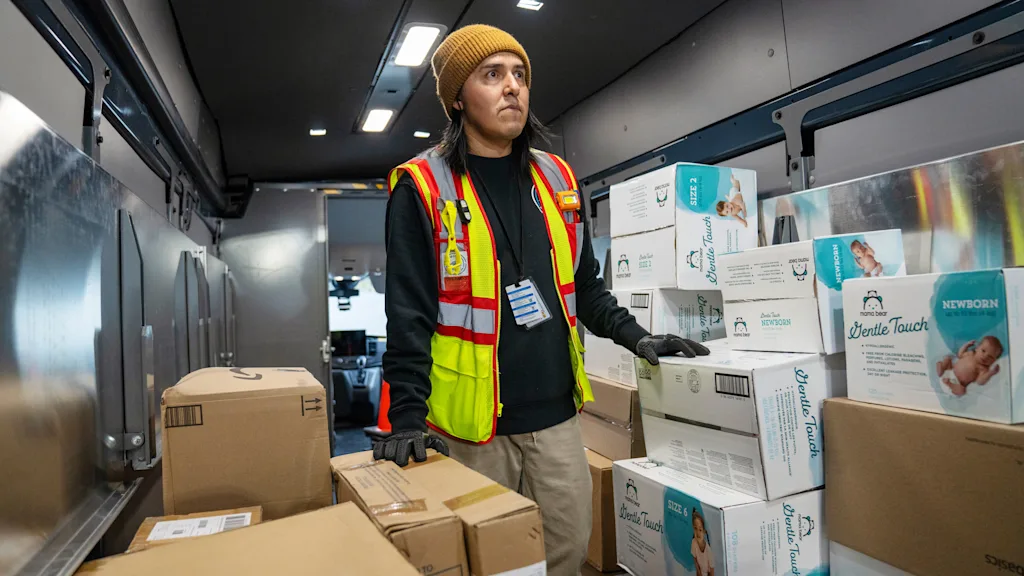
The hubs, which are each located inside existing Amazon fulfillment centers to make use of the company’s existing infrastructure and workers, are each filled with products most likely to be needed locally. A hub near L.A. is stocked with supplies for wildfires, such as masks. The Atlanta hub has kits for cleaning up homes after a flood—from gloves and shovels to respirators—that have been used in previous hurricanes and events like the floods in Central Texas this summer.
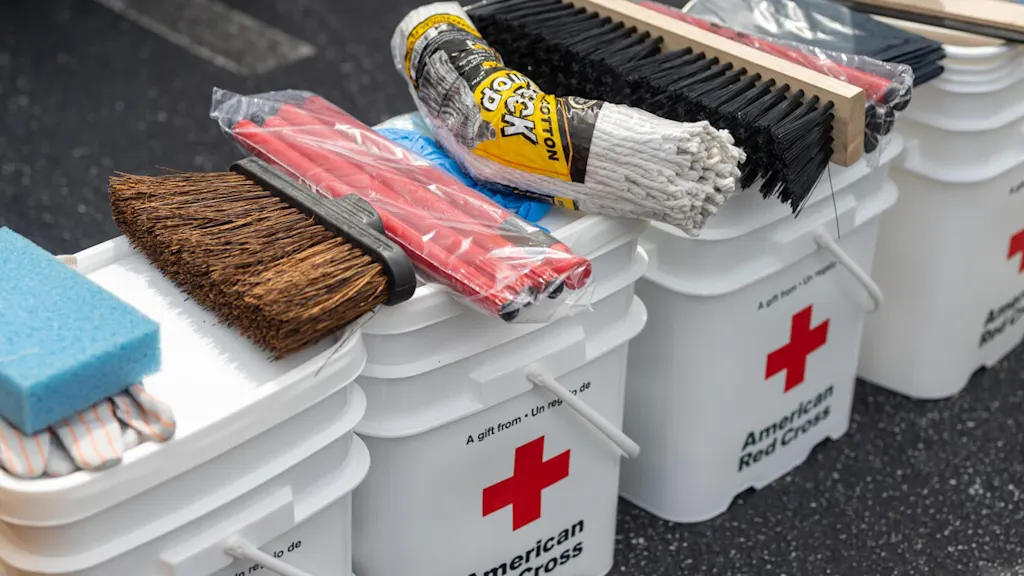
Organizations also make their own preparations; the World Food Programme, for example, prepositioned a shipment of food and other supplies to the area before Hurricane Melissa hit. But Amazon can quickly respond as more is needed, with pallets ready to be sent out as soon as a request comes in.
It’s one example of corporate philanthropy that makes use of a company’s core competency, rather than simply giving money to causes. (Amazon also uses its delivery infrastructure to help food banks reach more clients at home.) Toyota did something similar when it donated kaizen training to the Food Bank for New York City, helping cut wait times for dinner from an hour and a half to 18 minutes.